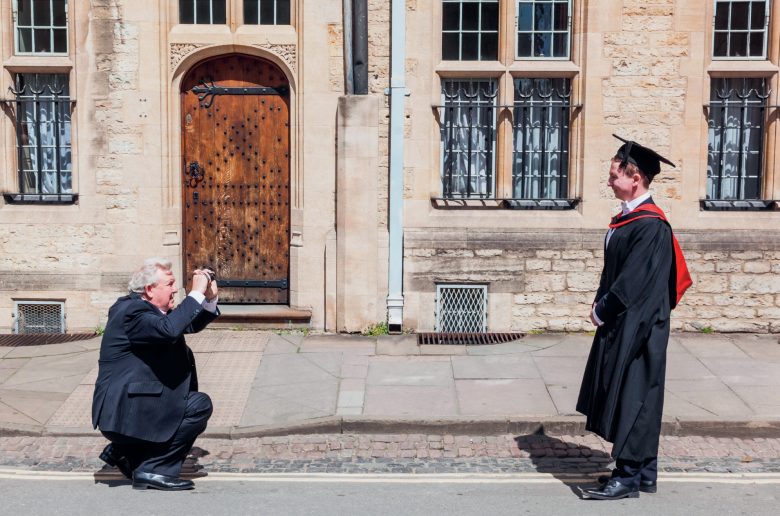
Since the 1970s, people in the UK have been living through a period of profound change in the organisation of personal life. Against the backdrop of women’s increasing economic independence and the cultural transformations arising from the second wave women’s liberation movement, marriage rates have declined, divorce rates have risen, and non-marital cohabitation has increased significantly.
There has been a large increase in solo living, and more and more people are living openly in same-sex relationships. These ‘transformations in intimacy’ (Giddens 1993) have been widely noted by sociologists. But until recently sociologists have tended to assume, as the general public largely does, that coupledom and cohabitation go hand in hand. Although no longer necessarily underpinned by marriage, the assumption is that an intimate sexual/ love relationship means living together, and that those who live alone, or with friends in shared housing, are single and unattached.
Your organisation does not have access to this article.
Sign up today to give your students the edge they need to achieve their best grades with subject expertise
Subscribe




